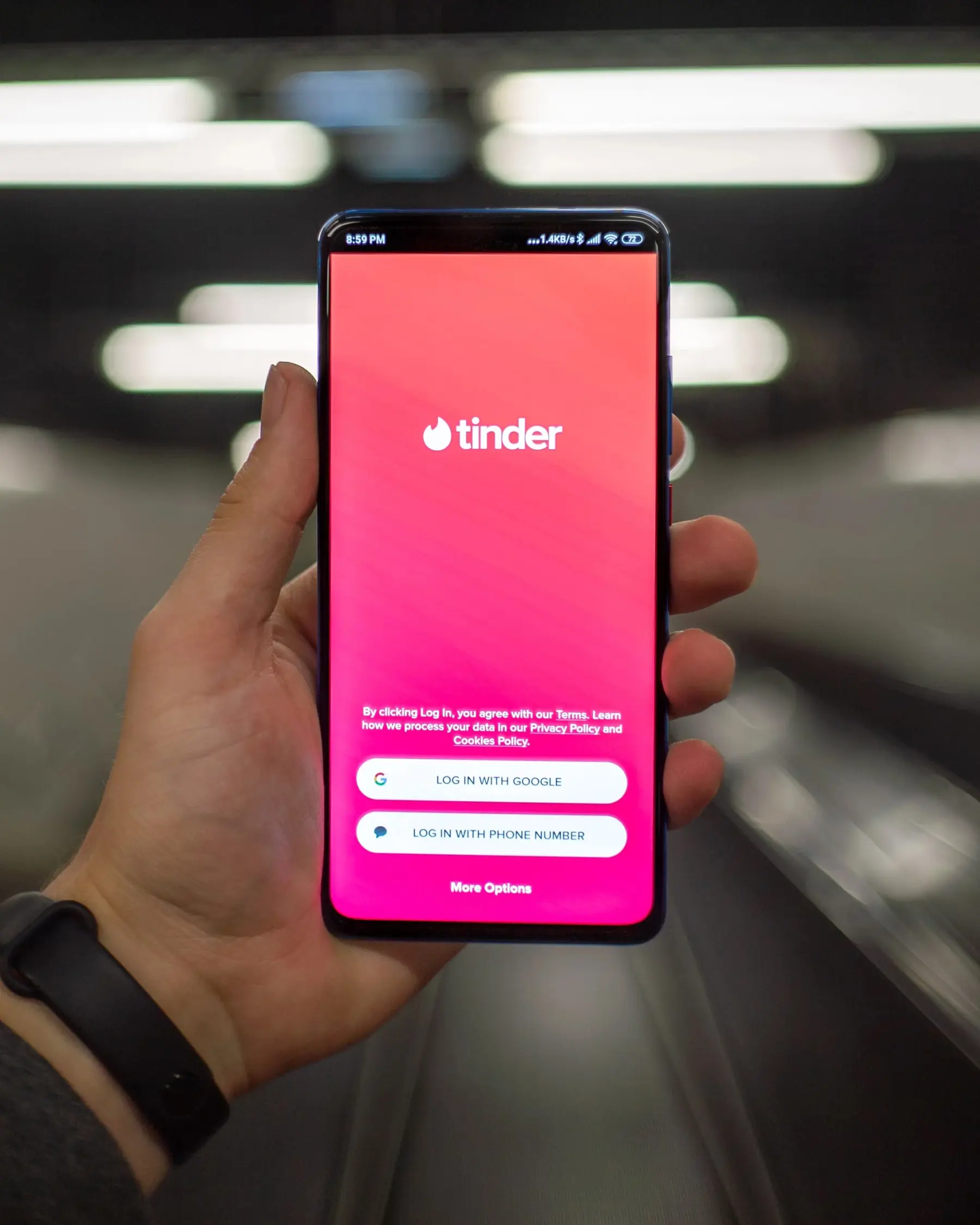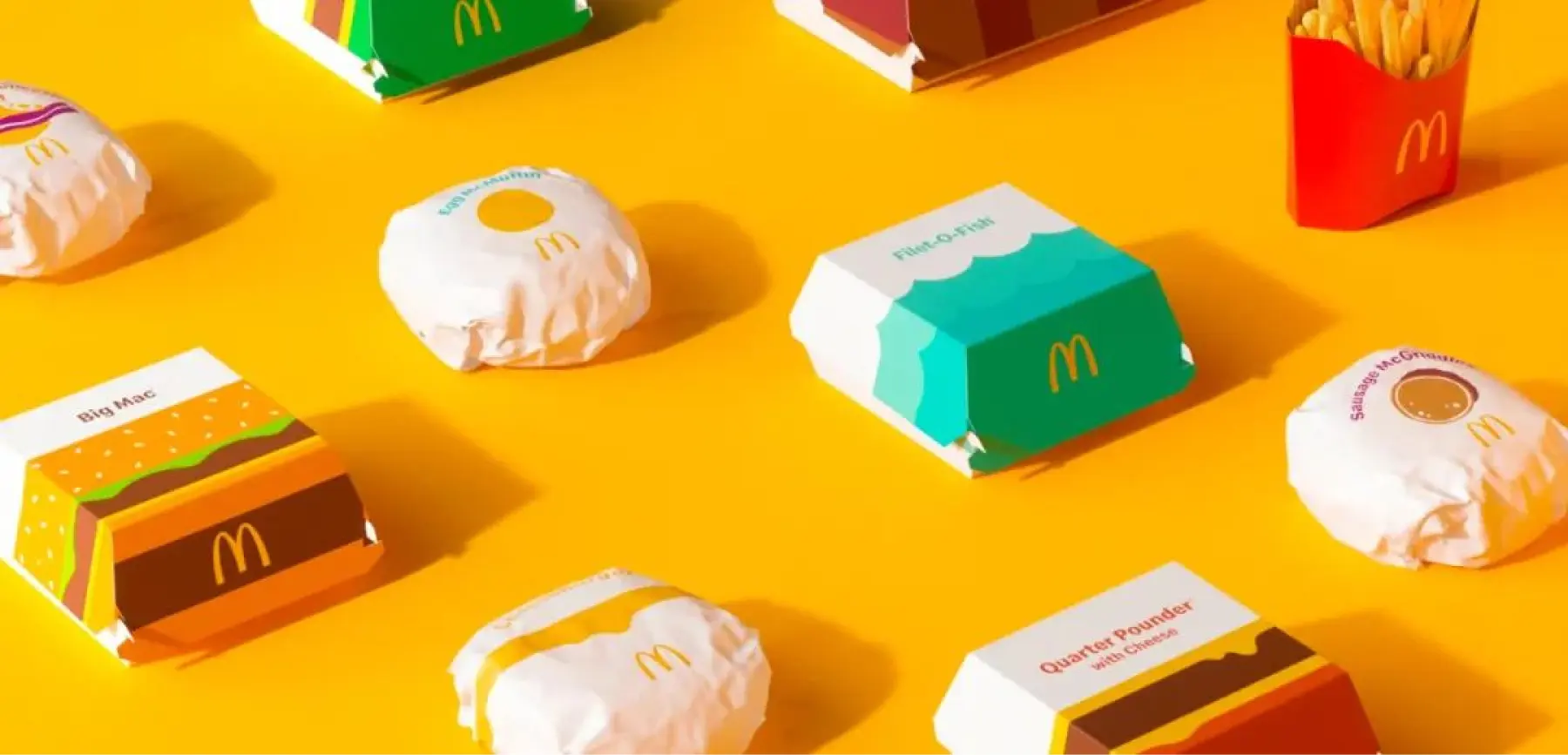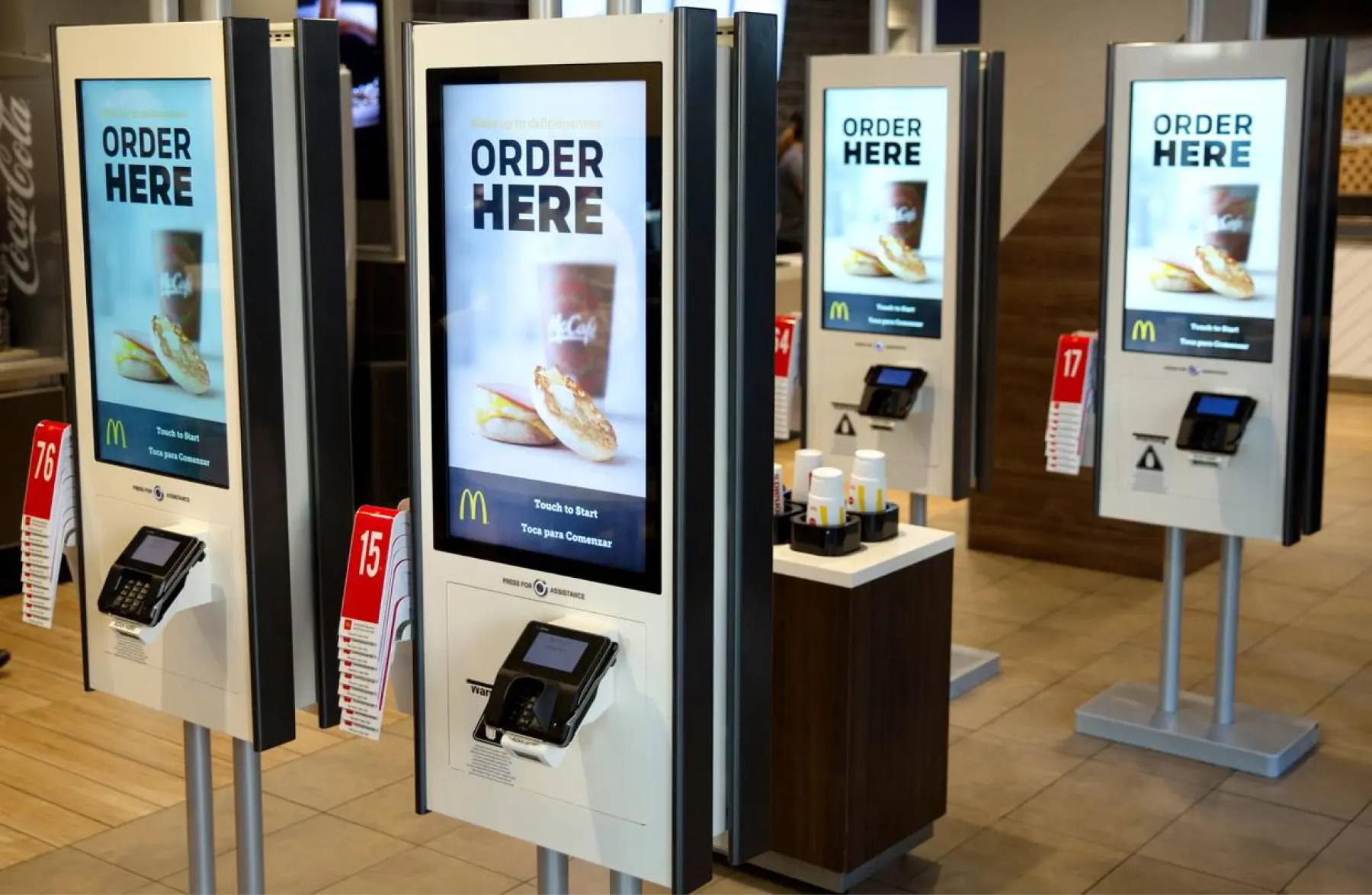



A customer walks into a furniture store and is given a special comfy bag to collect all of his liked items while in the shop, and then in the same bag, he carries all purchased products home. This might seem nothing out of the ordinary, but this customer was just introduced to the Signature Brand Experience. It is subtle, but affects the shopping experience in a huge way. Think about another scenario where a consumer is asked about her name and then all staff addresses by it. Finally, a cup with her name on it is given to her. That is Signature Brand Experience as well.
So, what exactly is this Signature Brand Experience and how do brands create it to offer a signature experience to its customers?

Currently on the market, businesses of all types have similar ways of approaching their product and services development. The typical mechanism is to bridge its own business objectives with their consumers’ needs and expectations. That specific moment when these two “demands” intersect - with clear benefits for both sides - creates a journey’s ideal touchpoint of brand communication with its consumer. Each particular touchpoint consists of one or several interactions (e.g.: activations, pop-up store, article, on-line service, banner, etc.).
A combination of those interactions and touchpoints builds what we know as consumer experiences. Today, conditions on the market are pretty equal. So, by default, consumer experience can look quite similar from one brand to another. As a differentiating layer, here comes the general brand’s principals and criteria. That sets a filter to create an interaction with the consumer based on the company vision. In aggregate, brand experience is a conjunction of all experiences built on the brand essence and delivering the brand promise.
Even when the experience can be framed around the brand and stay consistent through the journey, it doesn’t guarantee that the user will become addicted to it. To create that habit and get consumers to come back, one of the touchpoints should be a ‘wow’ moment and create a new emotional resonance with the customer. At MADJOR, We call this effect: Signature Brand Experience.
Signature Brand Experience - is a distinctive interaction, which either solves a problem or adds delight on the customer journey, delivers the brand promise and is consistent across time, attracting new consumers and creating expectations for people. By this Signature Experience, consumers understand the brand differentiation, impacting the its popularity and recognition.

This moment of differentiation is not new. It’s more likely that we have all been experiencing signature brand experience when we go shopping, online or offline. This mechanism at work can affect how and why we learn about, admit or choose a specific brand. This unique interaction doesn’t have to be necessarily big or take up a huge chunk of the user journey. Sometimes just one small feature is enough to become popular and stay ahead of what other brands in the market offers. Tinder was not the first dating APP existing in the market, and its swiping mechanism by the weight on the journey weren’t revolutionary changes, but its repurposed swiping function perfectly complemented the ubiquity of smartphone usage and reflected Tinder’s brand playfulness and easy-going mode.

Through our experience, we at MADJOR notice that distinct characteristic: signature brand experience doesn’t have to be a huge development which requires huge organizational changes to be great. For this we separate Signature Experiences into three categories: quick wins, incremental value and full-scale signature experiences. Each of these helps the brand to stand out, but of varying contribution and impact. Take quick wins as an example, if the brand already uses wrapping paper for its product, why not to print its brand visual identity on it, so the packaging stands out among all other plain delivery boxes? A competently designed signature experience will bring benefits to the brand no matter the investment.

That also points out that signature brand experience doesn’t always demand digital brand transformation. In the early 20th century, all drive-in gas stations in the US provided their customers with the same product, same price and the same DIY kind of service. The Gulf Station franchise decided to hire attendants to pump gas for customers, so they don’t have to do it themselves. That “little” change helped the franchise to take up most of the market share. Later, all gas stations introduced the same attendant pumping service model, but they were considered as copycats of the Gulf Station service, as they were the “first offer” on the market. That locked that function as their signature brand experience for ages.
Thus, signature brand experience can rarely be repeated. Even if other brands implement analogue, it will always be considered as a copy from the original, and won’t be groundbreaking enough. If a brand’s touchscreen display introduces to its users swiping left-right mechanism to deal to perform its functions, users will immediately associate it with Tinder, no matter the brand or functionality.

But some signature brand experience dissolve. Quite often when it comes to digital landscape, it’s hard to design something distinctive and unique. This can have two factors: 1. it’s not enough on the brand, and everyone can implement the same digital solution (e.g.: mini program, QR codes, etc.) or 2. The signature brand experience become the “norm” too quickly that users forget its origin. For instance, McDonald’s invented the digital kiosk, which was aligned with its brand promise (help to serve the food even faster). Although it conveys great service and dilute the crowd on the cashiers, other brands started to follow suit and integrated the digital kiosks as well. The “copycats” didn’t implement these as a brand value, but just to optimize a certain pain point on a customer journey.
The recipe to build a real signature brand experience is a combination of hard ingredients, which in the right proportions can and will deliver a great result. An ideal signature brand experience will satisfy or unlock united needs of the business, its customers and also employees; infuse the brand idea : the brand vision, its aspirational universe and personality; evokes a certain emotion on the specific part of the user journey. By embracing this process, the experience will be best or first in its way and cannot be redone by others brands.
The simplified formula looks like this:Needs -> Brand ID -> Emotion = Signature Brand Experience
But even based on the same equation, each signature brand experience has different components and accomplishes dissimilar objectives. Consequently, the result of can yield varying results as well. After an analysis of multiple Signature Brand Experiences, we classify them as:

IP builders. One kind of signature brand experience usually aims to append or increase touchpoints on the customer journey, through rolling in new consumers or orchestrating existing in cohesive community, which strengthens Brand Experiences in more expansive way. Lululemon once extended interaction with its consumers and become more acknowledged by them by repurposing a part of its store to a yoga studio. That move generated an offshoot on the users’ journey and built widespread brand awareness.

Woven-in experiences. This type of signature brand experience emerges from within the existing journey of the brand by emphasizing or enriching a particular touchpoint. It also can influence the organizational level and rise up new tools for conduction. For example, Starbucks and its customers already have an interaction journey, where delivery was a part of that, but was also out of the brand experience (as it was conducted by other different parties).
In conditions where good product quality is a given norm, seamless digital applications are not more a surprise, but just a given service, and competition for consumers attention becomes progressively difficult, a brand’s solution is to provide a one-of-a-kind Signature Experience. As branding is the heritage based on what MADJOR builds on, we value brands differentiations. That is why while collaborating with companies even from the same industry, we always create a favorable moment that can insure enhanced brand's perception, customers trust and improve transactions. In other words, a superior signature brand experience that serves as a great way for a company to react fast, stand out, boost its business and know how to affect its consumers.
What is your favorite Signature Brand Experience?